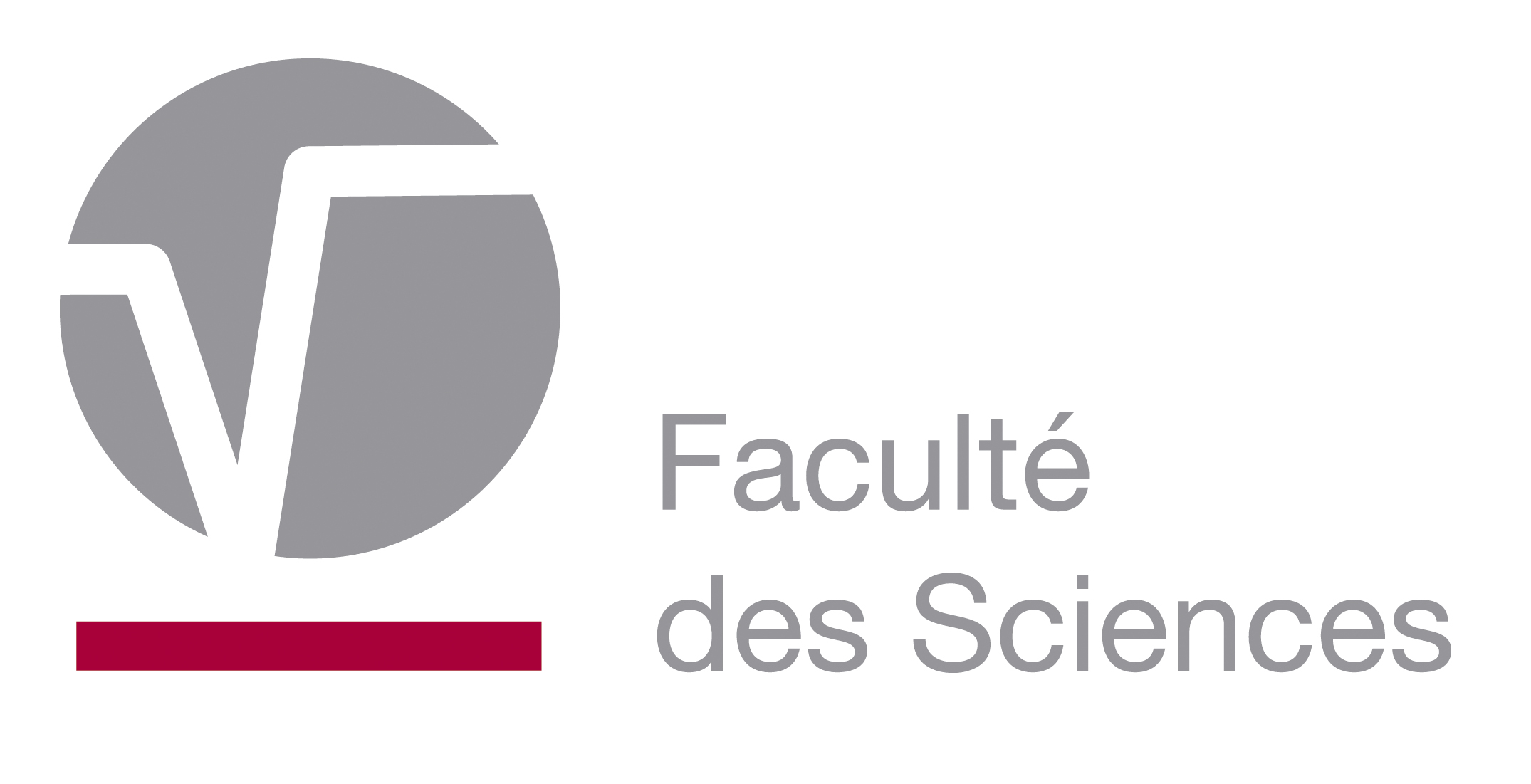 | Study programme 2022-2023 | Français | |
 | Introduction to Numerical Analysis | ||
Programme component of Bachelor's in Computer Science (MONS) (day schedule) à la Faculty of Science |
| Code | Type | Head of UE | Department’s contact details | Teacher(s) |
|---|---|---|---|---|
| US-B3-SCINFO-015-M | Optional UE | TROESTLER Christophe | S835 - Analyse numérique |
|
| Language of instruction | Language of assessment | HT(*) | HTPE(*) | HTPS(*) | HR(*) | HD(*) | Credits | Weighting | Term |
|---|---|---|---|---|---|---|---|---|---|
| Français | 30 | 50 | 0 | 0 | 0 | 8 | 8.00 | Année |
| AA Code | Teaching Activity (AA) | HT(*) | HTPE(*) | HTPS(*) | HR(*) | HD(*) | Term | Weighting |
|---|---|---|---|---|---|---|---|---|
| S-MATH-208 | Introduction to Numerical Analysis | 30 | 40 | 0 | 0 | 0 | Q1 | |
| S-MATH-865 | Numerical Analysis: Practical Work | 0 | 10 | 0 | 0 | 0 | Q2 |
| Programme component | ||
|---|---|---|
 | US-B2-SCINFO-002-M Calculus II | |
Objectives of Programme's Learning Outcomes
- Understand the fundamentals of computer science
- Use the vocabulary and the correct mathematical reasoning to formulate and solve problems in the field of computer science
- Use and combine knowledge from different disciplines to solve multidisciplinary problems
- Manage IT projects
- Creatively implement knowledge and expertise gained in the field of computer science.
- Demonstrate independence and their ability to work in teams.
- Understand the fundamentals related to scientific methods
- Develop skills of abstraction and modelling through a conceptual and scientific approach
- Conduct rigorous reasoning based on scientific arguments
- Understand the fundamentals of communication
- Communicate a consistent and rigorous scientific argument, either orally or in writing
Learning Outcomes of UE
At the end of this teaching, the students will master the basis of numerical analysis in both its mathematical and implementation aspects. They will be able to use their knowledge to solve problems.
UE Content: description and pedagogical relevance
Numerical methods for root finding, numerical errors, linear systems, polynomial interpolation and least squares, ordinary differential equations.
Prior Experience
Continuity and differientiability of functions of one real variable (including the assiated theorems, Taylor expansions,...) and preferably of several real variables, ability to solve linear ordinary differential equations with constant coefficients, linear algebra (linear applications, representation in a basis, linear systems,...), basic mechanics (Newton's laws). Ability to program in at least one computer lanbguage. Ability to perform rigorous and precise reasonings.
Type(s) and mode(s) of Q1 UE assessment
- N/A - Néant
Q1 UE Assessment Comments
Annual course.
Method of calculating the overall mark for the Q1 UE assessment
Not applicable
Type(s) and mode(s) of Q1 UE resit assessment (BAB1)
- N/A - Néant
Q1 UE Resit Assessment Comments (BAB1)
Not applicable
Method of calculating the overall mark for the Q1 UE resit assessment
Not applicable
Type(s) and mode(s) of Q2 UE assessment
- Oral examination - Face-to-face
- Practical exam - Face-to-face
Q2 UE Assessment Comments
None.
Method of calculating the overall mark for the Q2 UE assessment
The evaluation of the project is worth 15% of the final mark. It is required to have at least 8/20 to both the project and the oral exam. If it is not the case, the final mark is min{0.15 P, 0.85 O} where P (resp. O) is the mark on 20 obtained at the project (resp. at the oral exam).
Type(s) and mode(s) of Q3 UE assessment
- Production (written work, report, essay, collection, product, etc.) - To be submitted online
- Oral examination - Face-to-face
Q3 UE Assessment Comments
Not applicable
Method of calculating the overall mark for the Q3 UE assessment
The evaluation of the project is worth 15% of the final mark. It is required to have at least 8/20 to both the project and the oral exam. If it is not the case, the final mark is min{0.15 P, 0.85 O} where P (resp. O) is the mark on 20 obtained at the project (resp. at the oral exam).
Type of Teaching Activity/Activities
| AA | Type of Teaching Activity/Activities |
|---|---|
| S-MATH-208 |
|
| S-MATH-865 |
|
Mode of delivery
| AA | Mode of delivery |
|---|---|
| S-MATH-208 |
|
| S-MATH-865 |
|
Required Learning Resources/Tools
| AA | Required Learning Resources/Tools |
|---|---|
| S-MATH-208 | Not applicable |
| S-MATH-865 | Not applicable |
Recommended Learning Resources/Tools
| AA | Recommended Learning Resources/Tools |
|---|---|
| S-MATH-208 | See the course page. |
| S-MATH-865 | Many exercises and exams are avaiable on the UMONS e-learning platform. |
Other Recommended Reading
| AA | Other Recommended Reading |
|---|---|
| S-MATH-208 | Not applicable |
| S-MATH-865 | Not applicable |